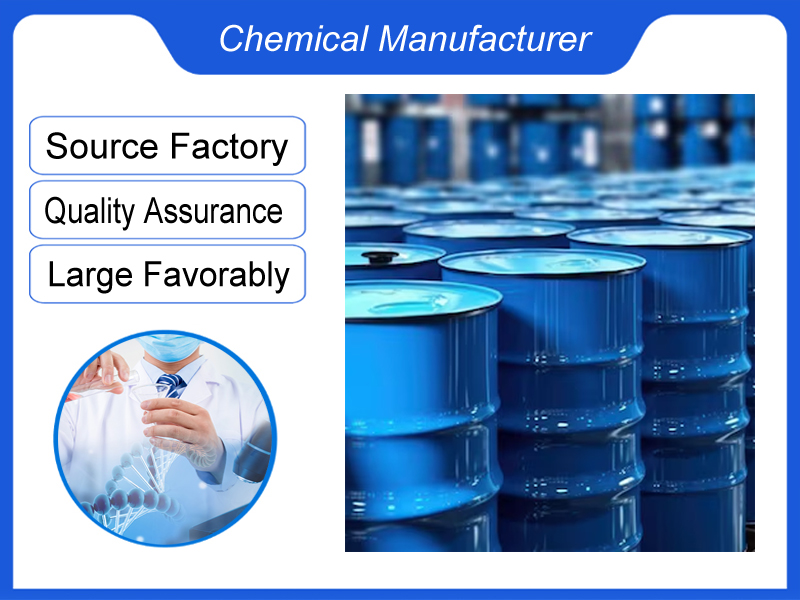
Tylvalosin Tartrate (acetylisovaleryltylosin tartrate) CAS 63428-13-7
We are a manufacturer based in China. We specialize in providing high-quality Tylvalosin Tartrate (acetylisovaleryltylosin tartrate) CAS 63428-13-7 for industrial clients across various sectors. Whether you need chemicals consultation or technical support, our team is here to help.
Category:Active Pharmaceutical Ingredients Own Brand:MT /MOQ:100KG /From China/ B2B only.
Introduction
Tyvanin tartrate is the latest generation of macrolides and is an animal-specific antibiotic. It is currently the most sensitive drug to mycoplasma, and it is the only drug that can really effectively reach the bronchial cavity and kill mycoplasma.
Molecular Formula:C57H93NO25
Molecular Weight: 1192.34002
CAS No.: 63428-13-7
Description
Tylvalosin Tartrate (Acetylisovaleryltylosin Tartrate ) is a white or pale white powder. It is easily soluble in methanol, soluble in water, acetone or chloroform, slightly soluble in ethyl acetate or ether, and almost insoluble in hexane.
Application
Tylvalosin Tartrate (Acetylisovaleryltylosin Tartrate ) is a third-generation macrolide antibiotic for animals. It is the only drug that can really reach the bronchial cavity and kill mycoplasma. Its antibacterial potency is 5-10 times that of Tylosin. Tilmicosin 2-5 times of that; the basic side chain can effectively change the intracellular pH value and inhibit the reproduction of the PRRS virus. It is used for the prevention and treatment of livestock and poultry mycoplasmosis (swine asthma, slow breathing of chickens), pig blue ear disease, pig proliferative enteritis, infectious pleuropneumonia, and streptococcal disease.
Packing
5kg/bag; 10kg/drum; 25kg/drum
Storage condition
Airtight, store in a dry place.
Minimum Order
One package
Tylvalosin Tartrate Introduction
| Item | Details |
| Generic Name | Tylvalosin Tartrate (acetylisovaleryltylosin tartrate) |
| CAS Number | 63428 – 13 – 7 |
| Trade Names | Aivlosin, etc. |
| Classification | Macrolide antibiotic |
| Chemical Structure | Tylvalosin tartrate is a semi – synthetic derivative of tylosin. It has a 16 – membered macrolide lactone ring structure. The acetylisovaleryl group modification on the tylosin backbone gives it unique properties. The molecular formula of tylvalosin is C₄₉H₈₃NO₁₇, and when combined with tartaric acid in the tartrate form, the overall structure is more stable and suitable for pharmaceutical use. The presence of specific functional groups on the ring and side chains plays a crucial role in its antibacterial activity and binding to the bacterial ribosome. |
| Pharmacological Action | Tylvalosin tartrate binds to the 50S subunit of the bacterial ribosome. This binding inhibits the translocation step during protein synthesis. As a result, the ribosome cannot move along the mRNA to incorporate new amino acids into the growing polypeptide chain. This effectively suppresses bacterial protein synthesis, leading to inhibition of bacterial growth and replication. It has a broad – spectrum antibacterial activity, with particular effectiveness against Gram – positive bacteria, including Streptococcus and Staphylococcus species. It also shows good activity against Mycoplasma species, which are important pathogens in veterinary medicine. |
| Clinical Applications | 1. Veterinary Medicine – Respiratory Infections: – In swine, it is widely used for the prevention and treatment of swine respiratory disease syndrome (SRDS). SRDS is often associated with multiple pathogens such as Mycoplasma hyopneumoniae, Actinobacillus pleuropneumoniae, and Pasteurella multocida. Tylvalosin tartrate can target these pathogens, reducing the incidence and severity of respiratory symptoms, and improving the growth performance of swine. – In poultry, it can be used to treat respiratory infections caused by Mycoplasma gallisepticum and other related bacteria, helping to maintain the health of the flock and prevent economic losses due to disease. 2. Gastrointestinal Infections in Animals: – It may also be applied in the treatment of certain gastrointestinal infections in animals where the causative agents are susceptible to macrolide antibiotics. For example, in some cases of diarrhea in livestock caused by sensitive bacteria, tylvalosin tartrate can be used to control the infection. |
| Dosage and Administration | Veterinary Use: – Swine: Usually administered in the feed. The typical dosage for prevention of SRDS is around 20 – 40 ppm (mg/kg of feed), and for treatment, it may be increased to 40 – 80 ppm for a specific period, often 7 – 14 days. The exact dosage may vary depending on the severity of the infection and the weight of the animals. – Poultry: Can be added to the drinking water or feed. When added to the drinking water, the concentration is typically 50 – 100 mg/L for a certain number of days, usually 3 – 5 days for treatment. In feed, the concentration is adjusted according to the age and type of poultry, generally in a similar ppm range as in swine but with appropriate adjustments. Proper mixing of the drug in feed or water is essential to ensure uniform distribution and accurate dosing for all animals. |
| Adverse Reactions | 1. Gastrointestinal Effects: – In some animals, especially when the dosage is too high or the animals have a sensitive digestive system, tylvalosin tartrate may cause gastrointestinal disturbances. This can include diarrhea, decreased appetite, and vomiting. These effects are usually reversible once the drug is discontinued or the dosage is adjusted. 2. Allergic Reactions: – Although rare, allergic reactions can occur in animals. Symptoms may include skin rashes, itching, increased respiratory rate, and in severe cases, anaphylactic shock. Monitoring of animals during treatment for any signs of allergic reactions is important. 3. Resistance Development: – Prolonged or inappropriate use of tylvalosin tartrate can lead to the development of antibiotic – resistant bacteria. This is a significant concern as it can reduce the effectiveness of the drug in treating future infections and may also contribute to the spread of resistance within the animal population and potentially to humans. |
| Drug Interactions | 1. With Other Antibiotics: – When used in combination with other antibiotics, the interactions can be complex. Combining it with some bactericidal antibiotics, such as beta – lactams, may lead to antagonistic effects in some cases. The bacteriostatic action of tylvalosin tartrate (inhibiting bacterial growth) can interfere with the bactericidal action (killing actively growing bacteria) of beta – lactams. However, when combined with other macrolides or certain synergistic antibiotics, it may show additive or synergistic antibacterial effects. 2. With Feed Additives: – Some feed additives, such as certain minerals or vitamins, may interact with tylvalosin tartrate. For example, high levels of calcium in the feed can chelate with the antibiotic, reducing its absorption in the animal’s gastrointestinal tract and thus decreasing its effectiveness. 3. With Drugs Affecting the Liver or Kidneys: – Since tylvalosin tartrate is metabolized in the liver and excreted mainly through the kidneys, drugs that affect liver function (such as some hepatotoxic drugs) or renal function (such as certain diuretics or nephrotoxic drugs) may interact with it. These interactions can potentially affect the drug’s metabolism, excretion, and overall efficacy and safety. |
| Special Population Considerations | 1. Pregnant and Lactating Animals: – Use in pregnant and lactating animals should be carefully considered. Although there is limited data on its teratogenic effects, it may cross the placenta and be excreted in milk. In some cases, the benefits of treatment may need to be weighed against the potential risks to the offspring. Close monitoring of pregnant and lactating animals during treatment is recommended. 2. Young and Elderly Animals: – Young animals may have immature liver and kidney functions, which can affect the metabolism and excretion of tylvalosin tartrate. Dosage adjustment may be required in young animals to avoid potential toxicity. Elderly animals may also be more sensitive to the drug’s side effects, and careful monitoring is needed when treating them. 3. Animals with Pre – existing Health Conditions: – In animals with pre – existing liver, kidney, or immune – system disorders, the use of tylvalosin tartrate requires special attention. The drug may exacerbate the underlying condition or be affected by it, and appropriate dosage adjustments or alternative treatment options may need to be considered. |
| History and Development | Tylvalosin tartrate was developed as an improvement over traditional macrolide antibiotics like tylosin. It was designed to have enhanced antibacterial activity, especially against Mycoplasma species, which are difficult – to – treat pathogens in veterinary medicine. Its development aimed to address the increasing problem of antibiotic – resistant bacteria in animal husbandry and to provide more effective treatment options for common animal diseases. Over time, it has become an important tool in modern veterinary medicine for the control of infectious diseases in swine and poultry. |
If you're ready to take the next step, Leave your message below and we’ll reply soon. 20+ years of chemical manufacturing & export experience, a partner you can trust.





